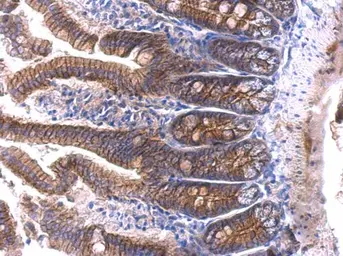beta Catenin antibody
Cat. No. GTX101254
Cat. No. GTX101254
-
HostRabbit
-
ClonalityPolyclonal
-
IsotypeIgG
-
ApplicationsWB ICC/IF IHC-P IHC
-
ReactivityHuman, Mouse






